|
|
 |
 |
 |
|
 |
|
|||
|
A walk down the dusty paths of the Acropolis, past the tenacious plants (1) and nesting rock doves, brought us to the Theatre of Dionysus (2), one of several amphitheatres we would be seeing. Tree may have actually been reading the interpretive panels, whereas I chased bugs (3). Our admission to the Acropolis also got us into several other sites, including the theatre, so we set out to visit a few.
Down the street we encountered the Arch of Hadrian (4), a remnant of the Roman Empire directly adjacent to the Temple of Olympian Zeus (5). The one remaining corner of the temple was still awe-inspiring in its scale; the mammoth columns sitting isolated in a wide and baking hot empty field. We spied a garden across the street with tempting patches of shade, and happily wandered through, finding sculptures (6) and (Hallelujah) a fountain in front of Zappeion Hall. After lunch (even in Greece, Tree can find a crepe place) we tried to find a side entrance to the Ancient Agora, and got rather lost (7). We went to the main entrance and found the Stoa of Attalos (8) which boasted shade, a water fountain spouting bottled water, washrooms, and oh yeah, a museum or something (9). The Ancient Agora also features the Temple of Hephaestus (10), from which one has a view over the Agora and Acropolis (11), numerous ruins, and a newer Greek Orthodox Church (12). Athens is a city where the ancient shares breathing space with the modern; run-down buildings meld into grandeur within a few footsteps and the mass of history is a blessing and a curse to those trying to carry on their daily lives. < previous | index | next > |
|
||||||||
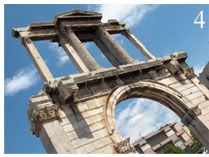 |
|
||||||||
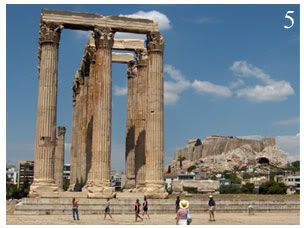 |
|
||||||||
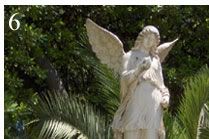 |
|
||||||||
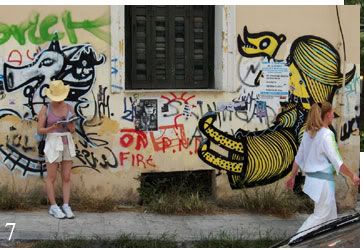 |
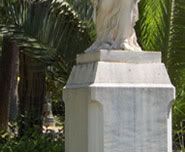 |
|
|||||||
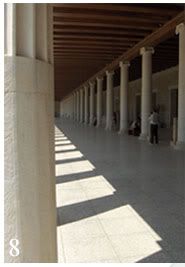 |
|
||||||||
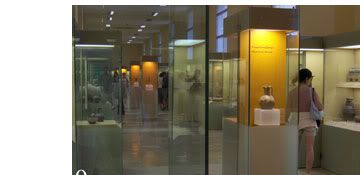 |
|
||||||||
|
|
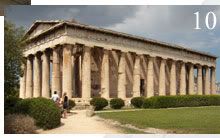 |
|
|||||||
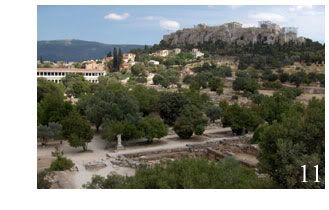 |
|
||||||||
 |
 |
|
|||||||
|
|
|
|
|
|
|
|
|
|
|